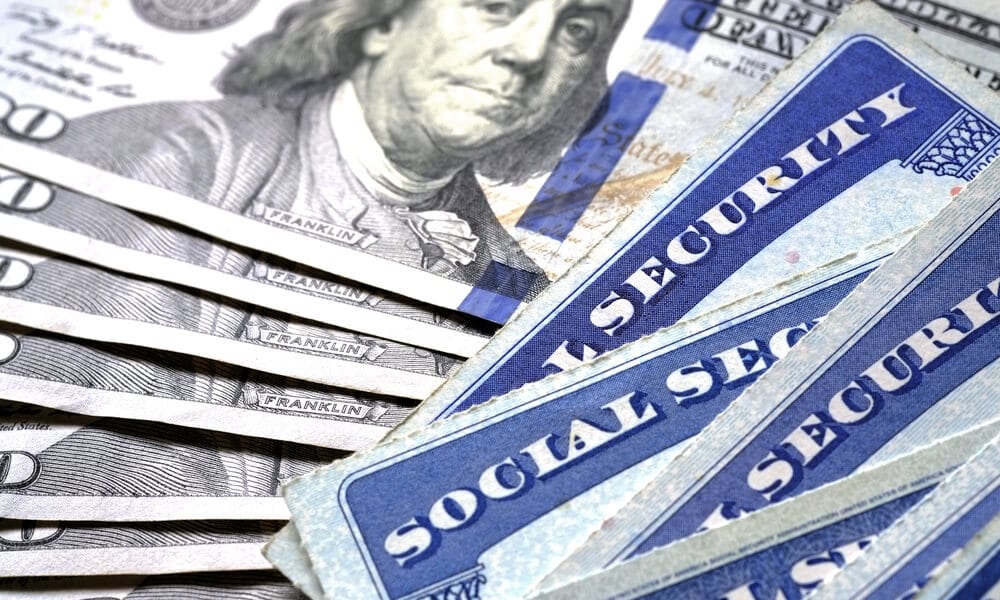Millions of Americans will receive their monthly Social Security payments this week, with some retirees eligible for checks as high as $5,108. These payments are part of the Social Security Administration’s (SSA) March 2025 disbursement schedule, ensuring that beneficiaries receive their funds on time.
Here’s everything you need to know about who qualifies for the maximum payment, when you can expect your deposit, and how recent legislative changes may impact your benefits.
When Are Social Security Payments Being Sent?
The SSA follows a strict schedule based on beneficiaries’ birth dates:
- March 12, 2025 – Payments for those born between the 1st and 10th of any month.
- March 19, 2025 – Payments for those born between the 11th and 20th.
- March 26, 2025 – Payments for those born between the 21st and 31st.
Individuals who receive Supplemental Security Income (SSI) or who started collecting benefits before May 1997 typically receive their payments on the 1st of each month.

Who Qualifies for the Maximum $5,108 Social Security Check?
Not everyone will receive the maximum benefit amount of $5,108. To qualify, individuals must meet the following criteria:
- Retirement Age: The recipient must have delayed retirement until age 70 to maximize benefits.
- Lifetime Earnings: The recipient must have consistently earned at or above the Social Security taxable maximum, which was $168,600 in 2024.
- 40 Work Credits: The individual must have worked at least 35 years, contributing to Social Security throughout.
For those retiring earlier, payments are significantly lower. The average retirement benefit as of January 2025 was approximately $1,976 per month.
How the 2025 Cost-of-Living Adjustment (COLA) Affects Payments
Due to inflation and rising living costs, Social Security benefits received a 2.5% Cost-of-Living Adjustment (COLA) for 2025. This increase ensures that retirees and beneficiaries maintain purchasing power amid economic fluctuations.
For example, a retiree receiving $2,000 per month in 2024 would now receive approximately $2,050 per month after the 2.5% adjustment.
Social Security Fairness Act: What’s Changing?
In January 2025, the Social Security Fairness Act was signed into law, eliminating the Windfall Elimination Provision (WEP) and Government Pension Offset (GPO). These provisions previously reduced benefits for certain public sector workers, including teachers and firefighters.
With this repeal:
- Over 3.2 million retirees are expected to see higher Social Security benefits.
- Retroactive payments averaging $6,710 were issued to those affected by WEP and GPO.
- Future monthly benefits increased for eligible retirees.
This policy change aims to ensure fairness for public sector retirees who have contributed to both Social Security and other pension programs.
How to Check Your Social Security Payment Amount
Beneficiaries can verify their expected payment and deposit date by:
- Logging into their “my Social Security” account at SSA.gov
- Checking their latest Social Security statement
- Calling the Social Security helpline at 1-800-772-1213 (TTY 1-800-325-0778)
What to Do If Your Payment Is Delayed
If your Social Security check does not arrive on the scheduled date:
- Wait three additional business days before taking action.
- Confirm your banking details if you receive direct deposits.
- Contact the SSA directly at SSA.gov/contact if delays persist.

Looking Ahead: What’s Next for Social Security in 2025?
The SSA has warned that the Social Security Trust Fund may face depletion in future decades, leading to possible benefit reductions. Policymakers are debating potential solutions, such as:
- Raising the payroll tax cap
- Gradually increasing the full retirement age
- Adjusting COLA calculations to reflect senior expenses
For now, beneficiaries should stay informed about legislative changes and ensure they maximize their benefits based on their retirement plans.
Final Thoughts
Social Security remains a vital source of income for millions of Americans, and with payments of up to $5,108 being issued this week, it’s crucial to understand who qualifies, when to expect deposits, and how recent policy changes impact future benefits.
To stay updated, beneficiaries should regularly check their SSA accounts, monitor COLA adjustments, and review upcoming legislative changes.
For more details, visit the Social Security Administration or other reliable sources like Investopedia and CNET.
This article has been carefully fact-checked by our editorial team to ensure accuracy and eliminate any misleading information. We are committed to maintaining the highest standards of integrity in our content.

Himanshu Sharma writes for Weekend Spy, focusing on recruitment, government schemes, and current affairs. He is dedicated to making complex information accessible to readers.
Himanshu enjoys playing chess, hiking, and trying new recipes, always seeking ways to combine his love for writing with his passion for exploration. Connect with Drop him an email at [email protected].







